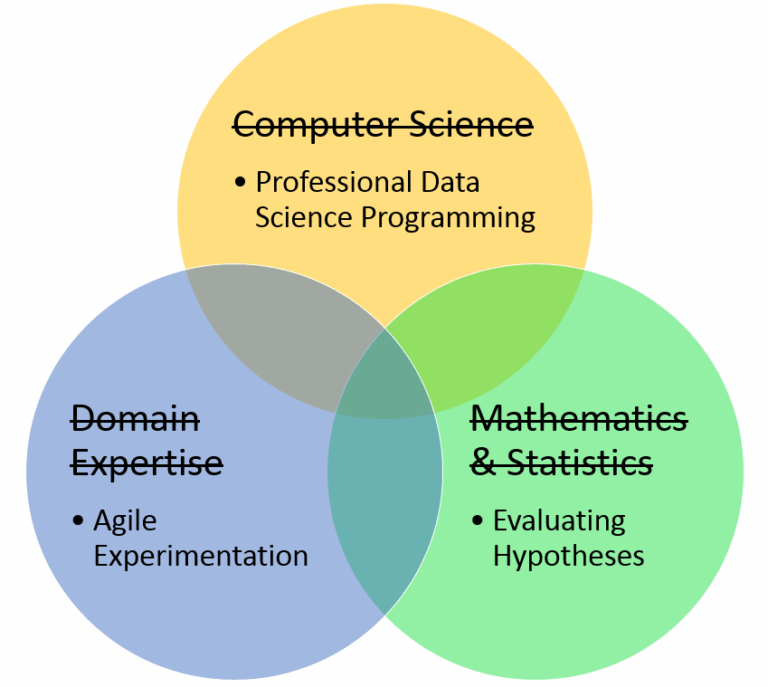
You’ve seen it everywhere—Netflix recommending just the right series, Spotify curating your daily playlist, Amazon suggesting what you might want before you know it yourself.
What powers these experiences isn’t magic. It’s data science.
Personalization has become a standard expectation in the digital world. Users want content, services, and products tailored to them—and companies that fail to deliver risk being ignored.
In this article, we’ll explore how data science drives personalization at scale, from recommendation engines to behavioral clustering and real-time prediction.
Why Personalization Matters
The psychology behind it
People crave relevance. We ignore noise and pay attention to what feels tailored. Personalization leverages that bias by increasing engagement, conversion, and satisfaction.
According to multiple studies:
- Personalized emails improve CTR by up to 30%
- Product recommendations drive 35% of Amazon’s revenue
- Users are 80% more likely to stay on a site that “gets them”
Competition is fierce
With millions of apps and sites, users don’t have time to explore. If you don’t offer what they want, they’ll find it somewhere else.
The Role of Data Science
Personalization isn’t just coding—it’s modeling behavior
Behind every “You might like this” message lies:
- Data collection
- Pattern recognition
- Statistical inference
- Machine learning models
- Feedback loops
Data science connects the dots between what users do, what others like them do, and what they’re likely to want next.
Types of Personalization Techniques
1. Content-based filtering
This approach recommends items similar to what a user has interacted with.
Example: If you liked “Breaking Bad”, Netflix might show you more dark, character-driven dramas.
How it works:
- Analyzes metadata (genre, tags, actors)
- Matches content with user preferences
- Often uses TF-IDF or cosine similarity scores
2. Collaborative filtering
Here, the algorithm finds similar users, and recommends what they liked.
Example: “People who bought this also bought…”
Used by: Amazon, YouTube, Spotify
Two main types:
- User-based (find similar users)
- Item-based (find items commonly paired)
Often implemented using matrix factorization or embeddings.
3. Hybrid models
Combining both content and collaborative filtering helps overcome limitations like the cold start problem (when there’s not enough data on a new user or item).
Netflix uses this approach extensively, along with reinforcement learning for dynamic optimization.
Behind the Scenes: The Data Pipeline
1. Data collection
Every click, view, scroll, or pause is tracked.
Sources:
- App usage
- Web analytics
- Purchase history
- Location
- Device/browser
2. Feature engineering
Raw data is transformed into meaningful signals:
- Time since last login
- Average session length
- Category preferences
- Completion rate for articles/videos
3. Model training
ML models are trained on historical data to predict:
- What a user is likely to click or buy
- Which message they’ll respond to
- How likely they are to churn
Tools often used:
- Scikit-learn
- TensorFlow / PyTorch
- XGBoost
- LightFM (for recommendations)
4. Deployment and monitoring
Models are deployed to production environments and monitored for performance, drift, and bias.
Common tools: MLflow, Vertex AI, SageMaker, Databricks
Real-Time vs Batch Personalization
Batch (offline) personalization
- Models update every few hours or daily
- Simpler and cost-effective
- Used in email campaigns, homepage rankings
Real-time personalization
- Immediate feedback based on current session
- Requires stream processing (Kafka, Flink, etc.)
- Used in chatbots, search suggestions, dynamic pricing
Case Studies
Spotify: Dynamic Playlists
Spotify doesn’t just recommend songs—it creates entire custom playlists daily based on:
- Listening history
- Song skipping behavior
- Mood, tempo, genre diversity
- Location and time of day
Their use of embeddings and deep learning allows personalization on a massive scale.
Airbnb: Search ranking
Your search results are ranked not just by price or distance—but by:
- Previous bookings
- Trip types (solo, family, business)
- Review behavior
- Host responsiveness
They A/B test constantly to optimize for booking likelihood.
Ethical Considerations
Filter bubbles
Too much personalization can isolate users from diverse content. It can reinforce biases, limit discovery, and skew perception.
Privacy
Tracking user behavior requires consent and careful data governance. Transparency, opt-outs, and anonymization are essential.
Bias and fairness
Recommendation systems can unintentionally favor certain groups or products. Teams must audit and test for unfair outcomes.
How to Build Personalization Features
Even small startups can build personalization engines using tools like:
- Segment – collects and sends user behavior
- Amplitude / Mixpanel – product analytics
- Pinecone – vector search for recommendations
- Google Recommendations AI – ML-as-a-service
- Langchain + LLMs – for content personalization (e.g., emails, product copy)
The stack doesn’t have to be complex—it just has to be relevant.
Skills Data Scientists Need for Personalization
- SQL & Python
- ML modeling (classification, regression, ranking)
- Recommender systems
- A/B testing and causal inference
- Data storytelling
Soft skills like communication and product intuition are just as important. Personalization is part science, part empathy.
Final Thoughts
Great personalization feels like magic. But behind that magic is math, models, and meticulous attention to user behavior.
For companies, personalization is no longer optional. For data scientists, it’s one of the most exciting areas of impact.
Done right, it doesn’t just improve metrics—it creates experiences people love.






